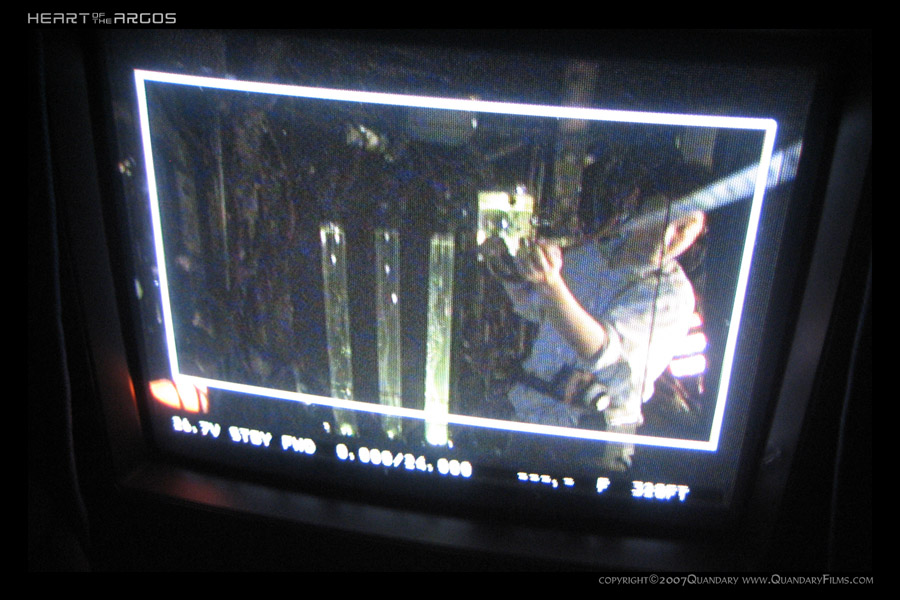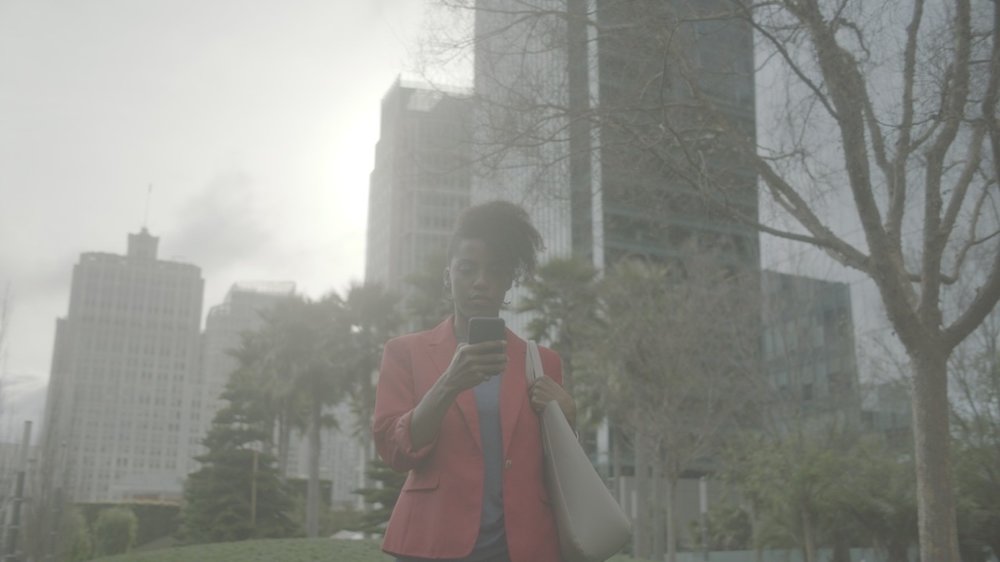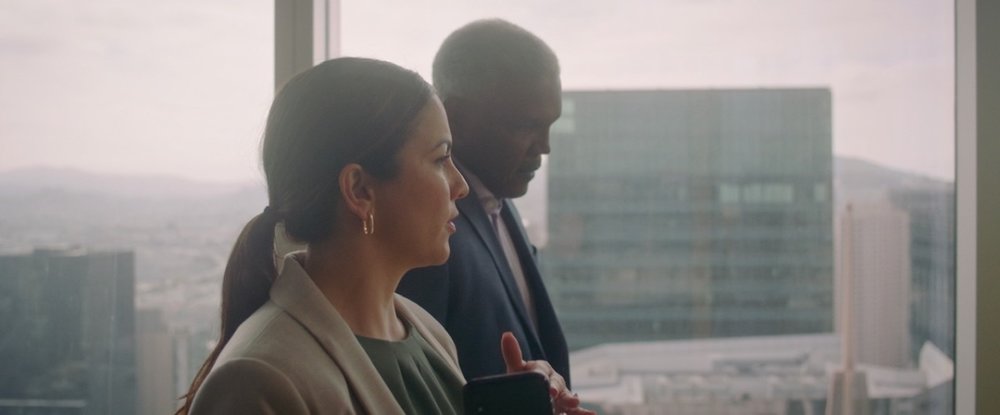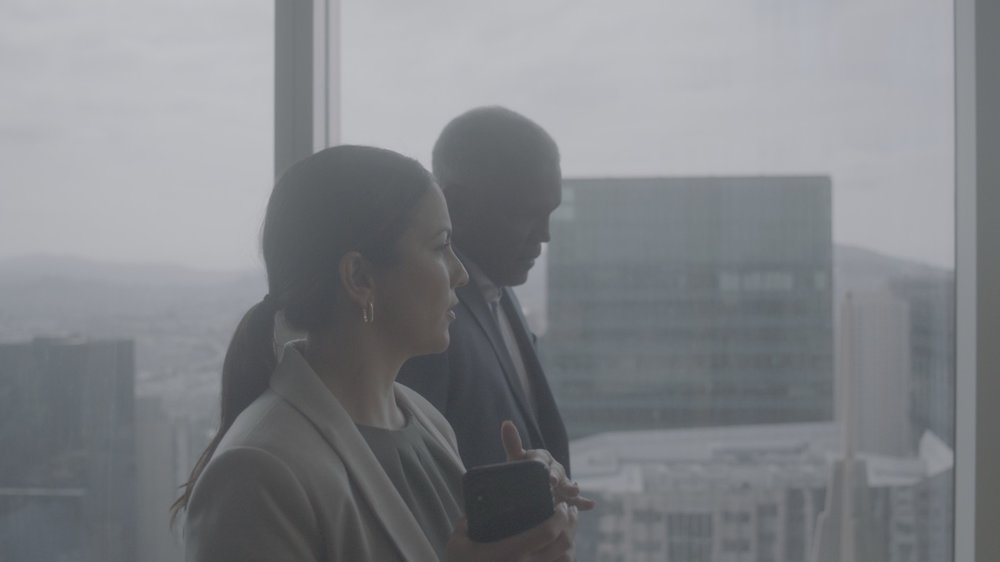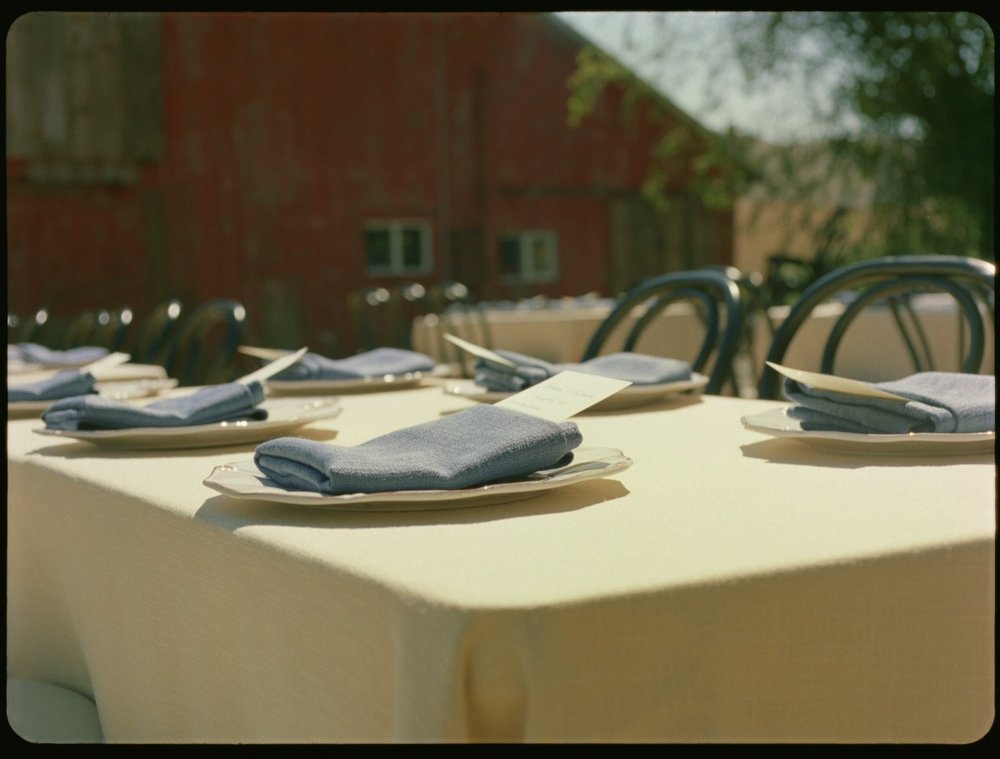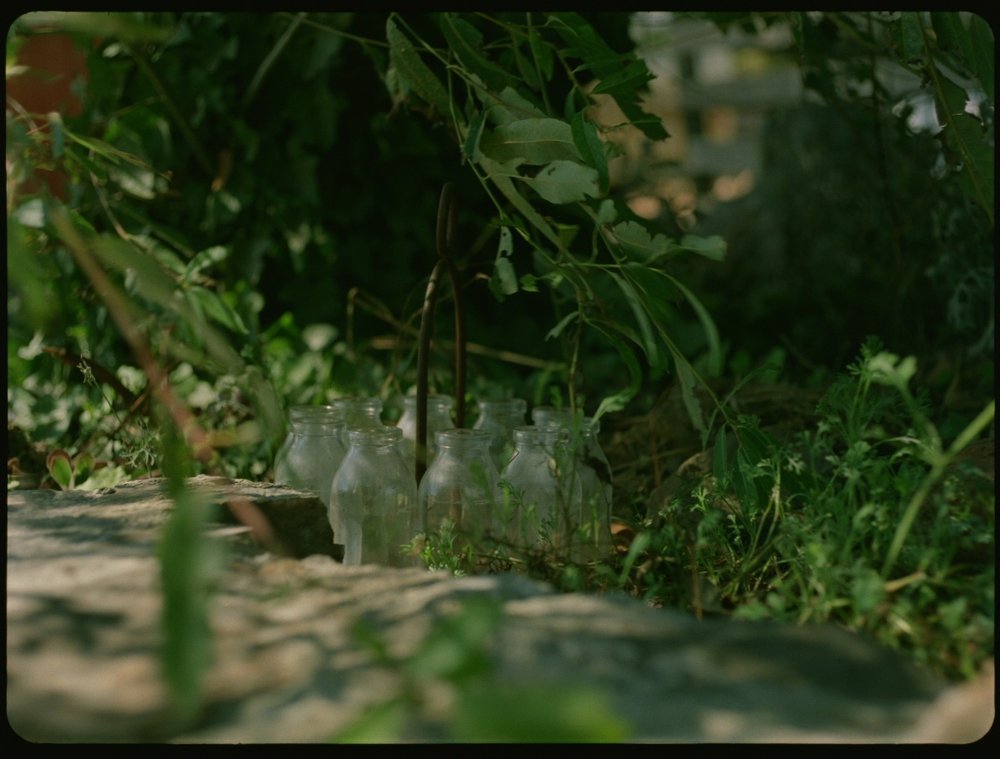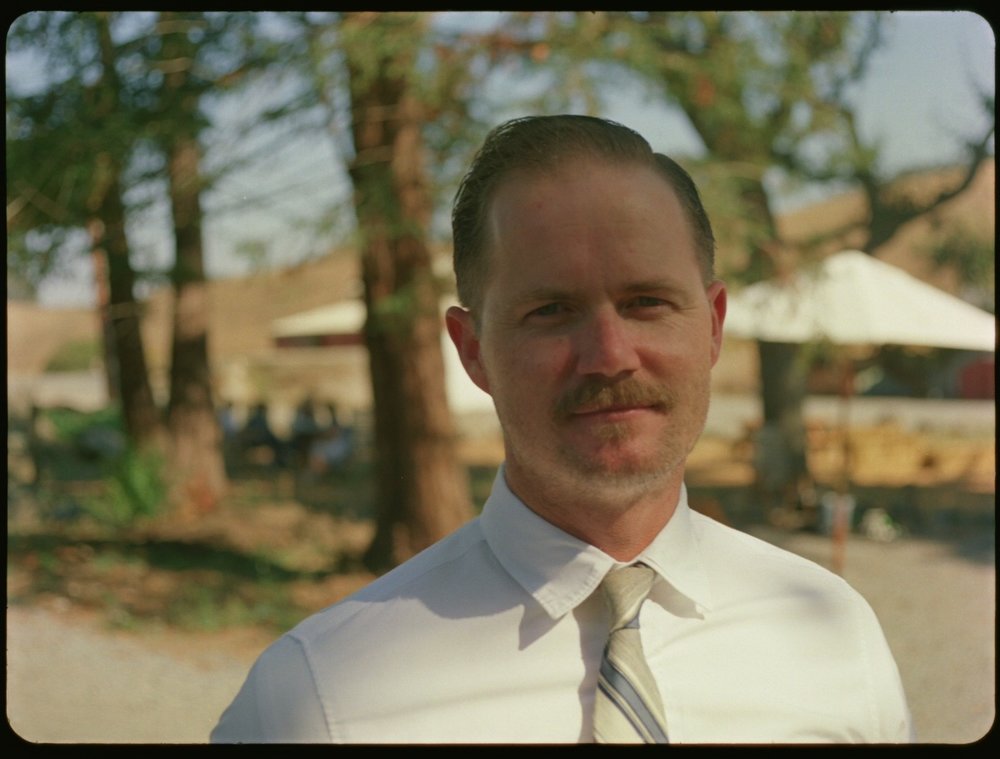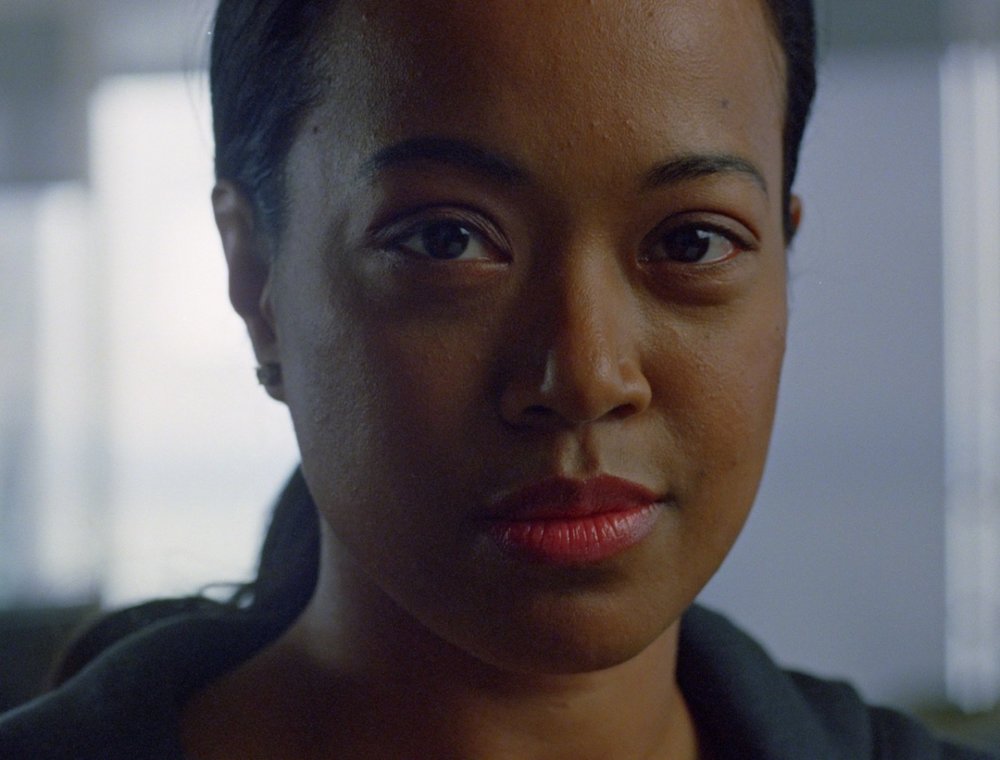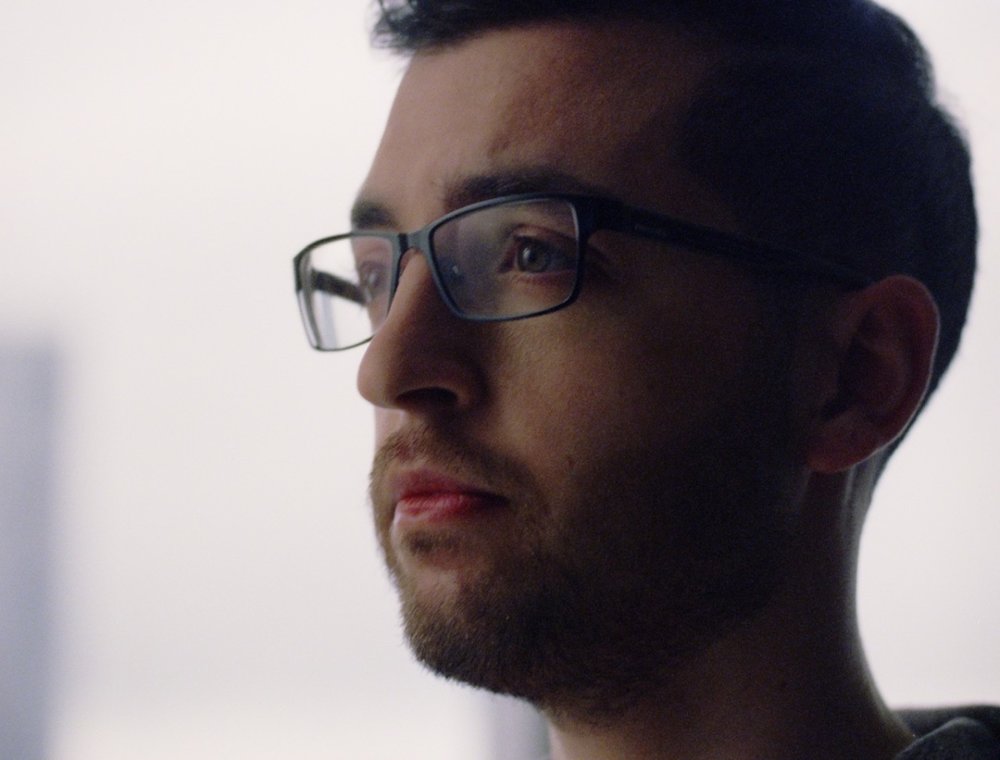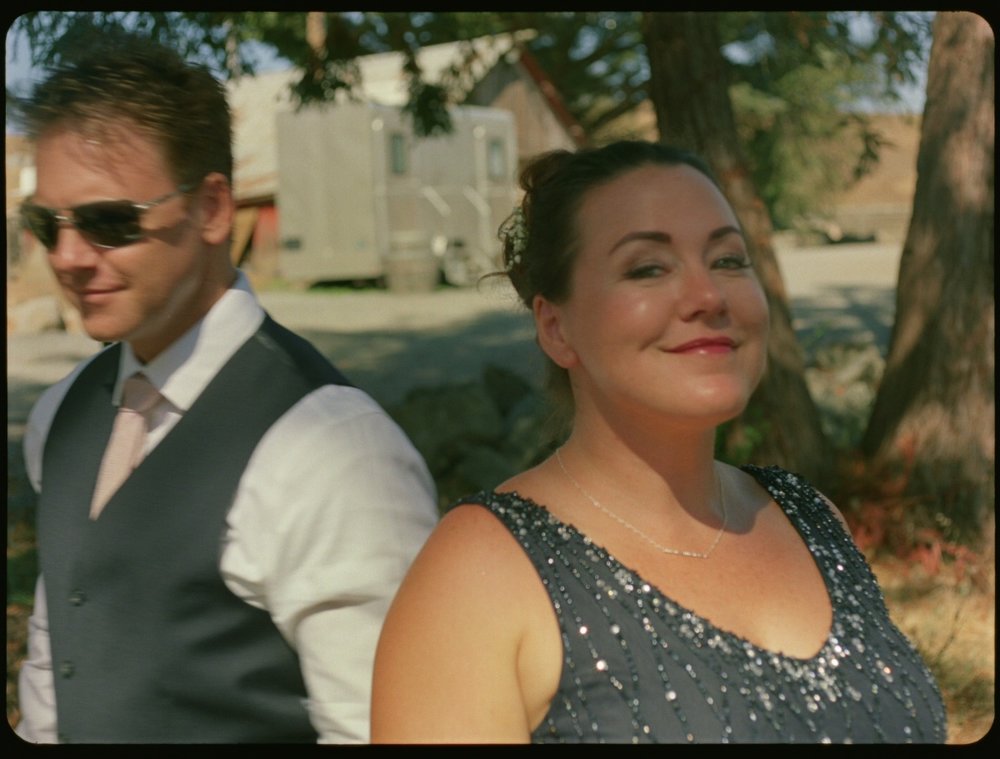-
Posts
4,560 -
Joined
-
Last visited
Everything posted by Satsuki Murashige
-

Let’s play with practicals
Satsuki Murashige replied to Nicolas POISSON's topic in Lighting for Film & Video
Personally, the brightness of lampshade here does not bother me at all. I think Stuart is right that the bright spill from the bottom sells it as the light source. It would look better to me without the shadow line running thru the top third of the shade though. Just my opinion. One alteration that I would prefer (based on this one frame) is for the room ambience to be darker, as it feels like there is an additional light source above the frame and to the right, lighting the wall behind the man. I think it would look nice for that wall to be lit as if from the lamp, to further sell the lamp as a light source. Something like a low soft glow from a small tungsten unit behind the man could work. You could also do the same for the woman to separate her dark hair from the black background, though due to her key light she needs it less. -
I’ve also noticed an uptick over the last several years in under-30 camera department folk wanting to renting my film cameras, or to simply play with them and learn about them. Unfortunately, the material costs of 4-perf 35mm usually push their productions toward 16mm or Alexa. Or they have a budget, but they want more mags and accessories than I can provide, so I send them to Keslow or Panavision. When I go to the rental house, I do now occasionally see someone prepping a film camera package in the prep bays, either a sub-rental from LA or a privately owned local package, as the rental houses up here no longer own film cameras.
-
This is interesting, and it’s definitely part of it. But I think it’s also an issue of how much data is being captured in the first place. As you know, with color film there is a color record for full RGB with its color-sensitive layers. Whereas on a Bayer sensor there are much fewer red and blue photosites per eventual pixel, with the rest of the data having to be interpolated from the green channel by the de-bayering algorithm. As a trade-off, film will be softer due to the slightly different FFD of each color layer and also any scattering of photons as the light travels thru the film. It makes sense to me that as you underexpose the Bayer sensor and increasingly starve it of photons, the color saturation will drop (much like our eyes). I don’t have any science to back that up so I’m happy to be corrected on this, but it feels correct based on my shooting experience.
-
Certainly, though one could say the same thing about city planning in locales like London or Madrid vs New York City or Shanghai. Legacy infrastructure is a reality of life and also camera menus.
-
Same project, clipped highlights. Alexa Mini (3.8K, PR422HQ), 25mm Cooke S4 Mini, 1/8 Schneider LowCon 2000 Graded: Log: You can see that once the highlights are clipped, there’s not much you can do. This frame is from a circling Steadicam shot, so with the camera constantly moving it is less objectionable than a static frame, at least to me.
-
I think in Tyler’s case, that was at least partly due to Sony’s legacy broadcast background conflicting with their ‘cinema’ products. There is a whole world of broadcast technicians who speak the language of color matrices, gain, pedestal, and so on that is at odds with the ‘cinema’ language of EI, Log, etc. Where the Two Rivers converge, turbulence is bound to emerge...
-

The Complexities of Large Formats and Lenses
Satsuki Murashige replied to Gregory Irwin's topic in Lenses & Lens Accessories
Thanks for sharing Greg! So you will be referring to all of your lenses on this show by the effective focal length then? And VFX will use your chart to calculate their angle of view for their virtual cameras and to select the matching lens grid maps? -
Hi Alissa, I think you are right. One well-regarded Phantom Tech that I used to work with would often recommend cutting the shutter for super slow-mo shots to ensure no motion blur. When shooting extremely high frame rates, objects in frame move so slowly that the eye has time to scan the entire frame at its leisure. In that case, motion blur (much like missed focus, oy!) will become extremely noticeable and potentially distracting). Best to err on the side of sharpness and add the blur back in later if so desired.
-
Basically what Stuart said. Don’t clip your highlights and add lighting to compensate so that you capture all the data in the scene in-camera. After that, you can look at color space transforms, halation emulation, grain emulation, etc. I posted the sample frames above to show what I believe to be some of the unique signatures of film capture, namely: 1. Smooth gradual tonal transition to clip point. Notice that all of the situations are extremely challenging for digital sensors with their hard clip points - near white tablecloth, white paper cards, and reflective dishes in full midday sun - overexposed front-lit white shirts and skin tones - glass bottles, white shirts, and skin tones under dappled foliage - shooting faces against bright windows - several stops overexposed white windows. In none of these images do highlights (speculars notwithstanding) ever approach a true white, compared to the white of the forum page. This gives the impression of ‘creamy highlights’ (cream=off-white), even if very little to no highlight detail is present. Now, this is a ‘taste’ thing, so you can always push the white point closer to 100 IRE in grading if you prefer. But to me, this is a unique fingerprint of film capture, due to the separated capture and scanning processes. The only way to truly emulate this with digital capture is to not clip your highlights so you don’t get the hard transition edge, then use curves to feather the top of the S-curve to mimic this look. Easier said than done in many situations. Projected prints are of course an entirely different story - ‘white’ is as bright as the projector lamp reflected off the movie screen allows for in that case. 2. Color saturation in the shadows - look at the skin tones and deeper saturated colors in the lower midtones and Zone 2-3 areas. Depending on the lens’s contrast and lighting, of course. The trade-off is visible film grain, especially with 500T (more digitally-orientated folk may say ‘noise’ - you either love it or hate it). With digital capture, you tend to get less color saturation in the deep shadows, as fewer and fewer bits are captured. The only way to combat this is to ‘expose to the right’ and give extra exposure to the shadows. But then you are in direct conflict with #1. So until there is a digital camera that captures enough light data to do #1 & #2 simultaneously, I don’t think it will be possible to emulate film perfectly. Maybe the Alexa 65 does it - I wouldn’t know and don’t expect I will ever be in a position to rent one. That’s why I own a Moviecam and an Arriflex instead...
-
In a nutshell, this is what I like about film capture: 5203 50D, 40mm Cooke Speed Panchro. 5219 500T, Atlas Orion 40mm anamorphic. 5219 500T, Cooke S4 Mini 32mm, 50mm, 75mm. Can you get the same look with a digital camera? Near enough, as long as you capture enough data and spend enough time pushing it around in post. Personally, I would rather just shoot on film if I wanted this look though (well, I guess I did)...
-
Anyone can make their own LUTs in Resolve. I’m quite fond of this workflow in order to preview customized Rec.709 looks in-camera, and have recommended it before. But you cannot accurately recreate the look of celluloid capture with just a LUT. LUTs can only change the colors that were captured. They cannot add detail that was not captured (like clipped color channels or color depth in the shadows), nor can they reproduce layered effects (like anti-halation backing failure on high contrast edges or variable film grain). This is why Mr. Yedlin’s ‘secret sauce’ includes compositing layers.
-

The Complexities of Large Formats and Lenses
Satsuki Murashige replied to Gregory Irwin's topic in Lenses & Lens Accessories
How extensive will the VFX work be? Would it make sense to work backwards from their needs? Seems like you may be already leaning that way with the angle of view consideration? -

The Complexities of Large Formats and Lenses
Satsuki Murashige replied to Gregory Irwin's topic in Lenses & Lens Accessories
Wow. Sounds like quite the challenging project Greg! Best of luck to you, am very interested to hear your reports from prep. -

The Complexities of Large Formats and Lenses
Satsuki Murashige replied to Gregory Irwin's topic in Lenses & Lens Accessories
I completely agree! 1.5x is a great squeeze ratio for 1.50:1 thru 1.89:1 native aspect ratio imagers. There is enough anamorphic look there to make it worthwhile. -
How about The Rag Place? https://trpworldwide.com/contact-us/customer-service/
-
As I said before, the job is about making exposure choices based on personal taste. Same as it ever was with film. If you can’t control all of the practical light sources in the frame, then you have to choose which is more important - ambient exposure or highlight detail. Back then, DPs shooting on film would ND down lampshades and windows, use Streaks n Tips to darken bare bulbs, use ND grad and attenuators filters, and yes put ND gel on car lights. Many DPs still do these things with digital cameras and get similar looking images. Film negative is not a magical highlight retaining medium, and people who treat it that way without understanding this will inevitably be disappointed with the results. Yes, film is better at holding highlights than any digital camera currently available. But it’s a marginal difference if you know how to expose and grade to get the result you want.
-
Because the vast majority of the time, nothing new is being said. If you read thru the nearly two decades worth of ‘film vs digital’ threads on this forum, you will see that there’s very little meat and a whole lot of fat. Re-stating one’s aesthetic preferences is fine, but when it’s done year after year without being based on any new experiences, it gets old. Kinda like the uncle who tells the same story word-for-word every Christmas...


